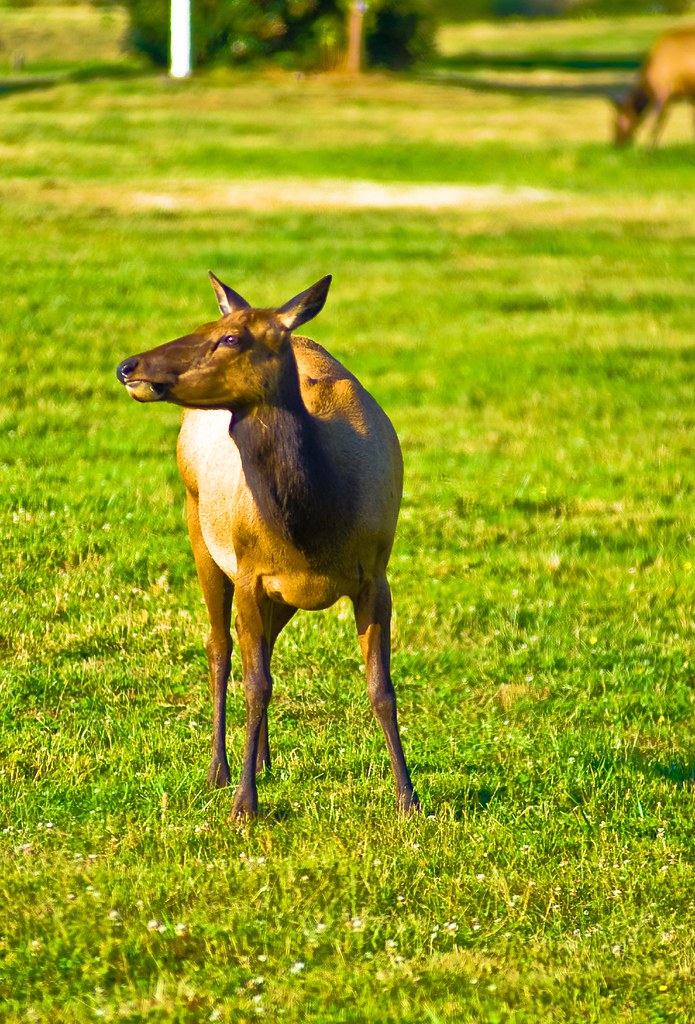

The results add considerable detail to previous studies that sampled only limited hours of the day and seasons of the year.

Although crepuscular transitions were accompanied by sharp increases in velocity, intraday changes in habitat were not. Daily cycles were most pronounced during spring and autumn, were composed of crepuscular and intraday habitat transitions, and were more pronounced for elk than for deer. Both elk and deer exhibited strong daily and seasonal patterns of movements and habitat use. Telemetry data from 15 April to 14 November, 1991–1996, were stratified into 30-day intervals and tested for daily cycles relative to habitat use and movements. The analysis contrasted hourly movements of elk and deer within the mosaic of vegetation and landforms at Starkey with daily and seasonal demands for forage, security, and other resources. We examined movements and habitat use by female Rocky Mountain elk ( Cervus elaphus) and mule deer ( Odocoileus hemionus) using a large telemetry data set collected over 6 years at the Starkey Experimental Forest and Range in northeastern Oregon.


 0 kommentar(er)
0 kommentar(er)
